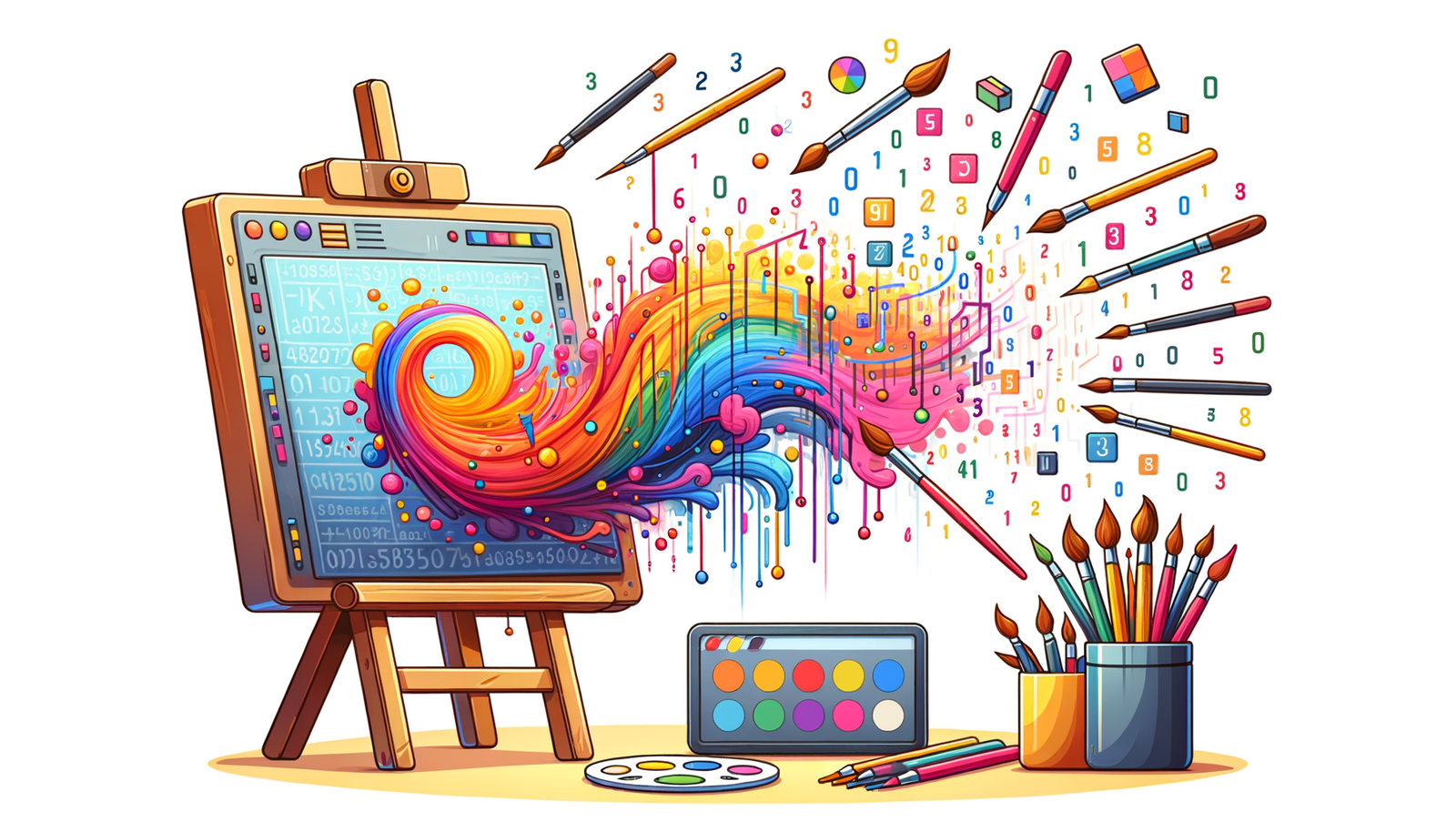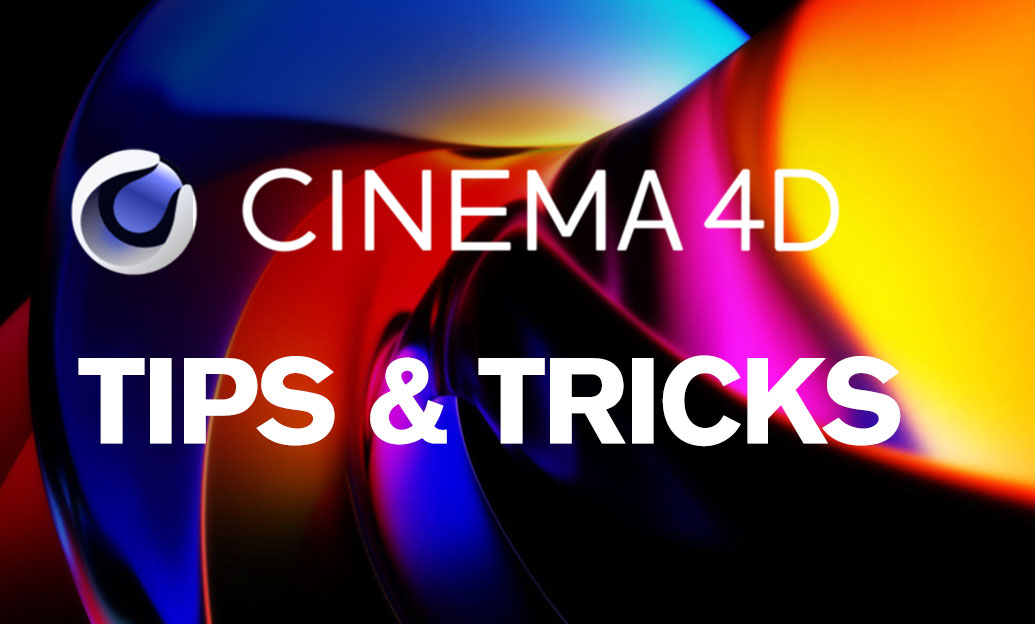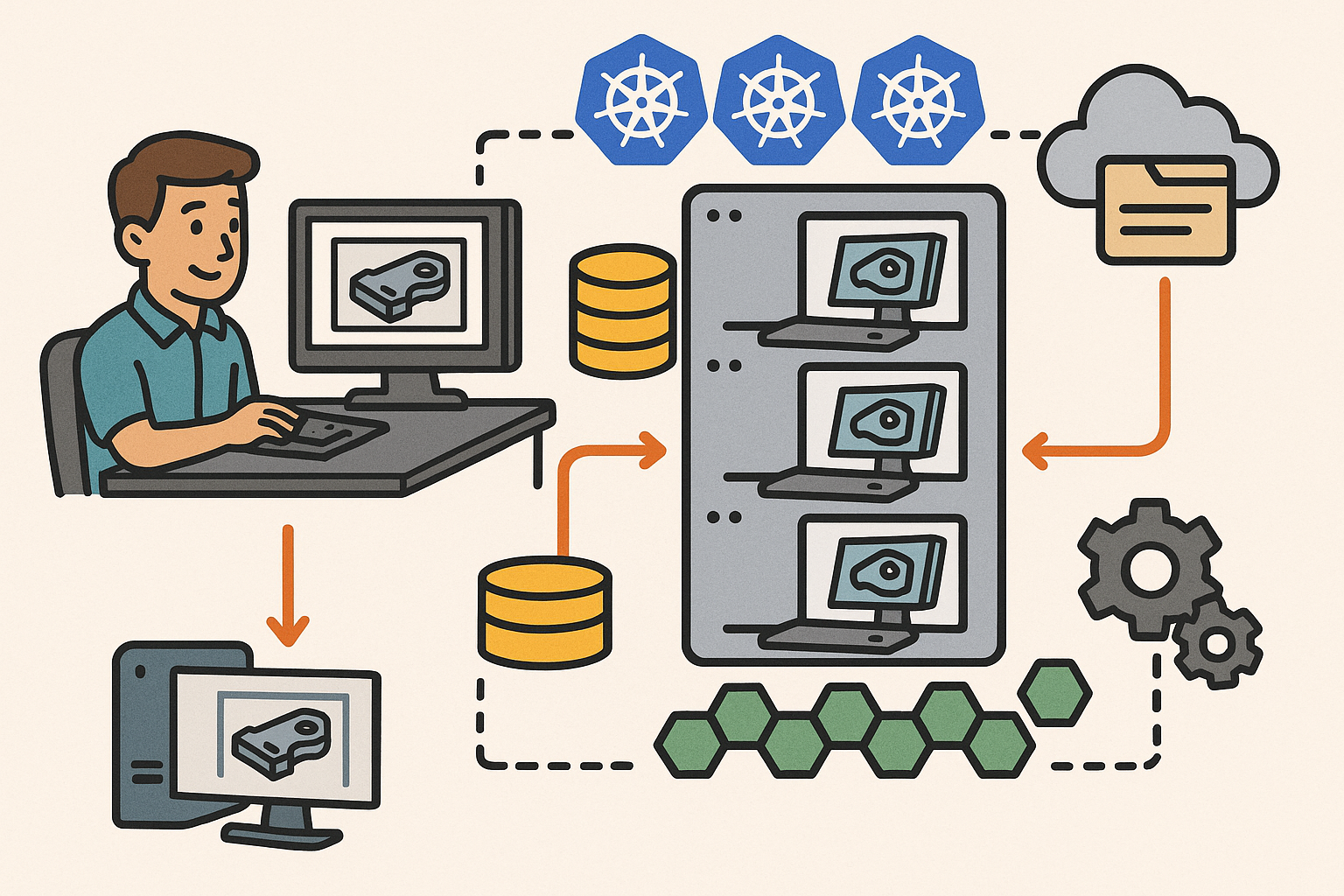Your Cart is Empty
Customer Testimonials
-
"Great customer service. The folks at Novedge were super helpful in navigating a somewhat complicated order including software upgrades and serial numbers in various stages of inactivity. They were friendly and helpful throughout the process.."
Ruben Ruckmark
"Quick & very helpful. We have been using Novedge for years and are very happy with their quick service when we need to make a purchase and excellent support resolving any issues."
Will Woodson
"Scott is the best. He reminds me about subscriptions dates, guides me in the correct direction for updates. He always responds promptly to me. He is literally the reason I continue to work with Novedge and will do so in the future."
Edward Mchugh
"Calvin Lok is “the man”. After my purchase of Sketchup 2021, he called me and provided step-by-step instructions to ease me through difficulties I was having with the setup of my new software."
Mike Borzage
Harnessing AI for Generative Art: Transforming Graphic Design with Algorithmic Creativity
October 29, 2024 8 min read


Overview of AI-Driven Generative Art in Graphic Design
Generative art, powered by artificial intelligence (AI), has emerged as a revolutionary force in the field of graphic design. This fusion of technology and creativity enables the production of intricate and unique artworks by leveraging algorithms and computational processes. Unlike traditional art forms that rely solely on the artist's manual skills and intentionality, AI-driven generative art introduces an element of autonomy and randomness, leading to the creation of visuals that can surpass human imagination. By integrating AI into graphic design software, designers are now equipped with tools that not only enhance productivity but also expand the horizons of aesthetic expression. The capacity of AI to process vast amounts of data and recognize patterns allows for the generation of complex designs, making it a transformative asset in the modern creative arsenal.
The impact of AI-driven generative art on graphic design is profound, as it challenges conventional notions of authorship and originality. Designers can harness AI algorithms to explore new styles, forms, and concepts, effectively collaborating with technology to push the boundaries of creativity. This collaboration results in the production of art that is both innovative and unpredictable, offering a fresh perspective in a saturated visual landscape. Furthermore, AI-driven tools facilitate experimentation without the constraints of manual execution, enabling rapid prototyping and iteration. As a result, the integration of AI in graphic design not only streamlines the creative process but also contributes to the evolution of contemporary art by introducing novel methodologies and aesthetic possibilities.
Historical Context of Generative Art
The origins of generative art can be traced back to the 1960s, a time when artists began to explore the intersection of art and technology. Early pioneers utilized analog systems and basic computational techniques to introduce elements of randomness and automation into their work. The advent of computers provided new avenues for artists to experiment with algorithmic processes, leading to the emergence of computer-generated art. Over the decades, technological advancements have significantly influenced the evolution of generative art. The transition from simple programming languages to sophisticated software platforms expanded the capabilities of artists, allowing for more complex and detailed creations. The rise of the internet and digital culture further propelled generative art into the mainstream, as artists could now share and collaborate on a global scale.
The integration of artificial intelligence marks a pivotal point in the historical trajectory of generative art. With the development of machine learning algorithms and neural networks, generative art has transcended its earlier limitations. AI provides the means to analyze and learn from vast datasets, enabling the generation of art that can mimic or reinterpret existing styles, or create entirely new ones. This technological evolution has not only expanded the technical capabilities available to artists but has also influenced conceptual approaches to art-making. The historical synergy between art and technology underscores the dynamic nature of generative art, demonstrating its capacity to adapt and grow in tandem with technological innovations.
The Significance of AI Integration in Creativity and Design
The incorporation of AI into the creative process represents a significant shift in how art and design are conceived and produced. By harnessing the power of AI, designers are able to transcend traditional limitations and access a realm of infinite possibilities. AI algorithms can process and interpret complex datasets, recognize patterns, and generate new forms based on learned information. This capability allows for the creation of designs that are both highly intricate and tailored to specific aesthetic criteria. The significance of AI integration lies in its potential to enhance human creativity rather than replace it. By automating repetitive tasks and providing novel inputs, AI acts as a collaborator, freeing designers to focus on conceptual development and higher-level decision-making.
Moreover, AI-driven generative art contributes to the democratization of design by making advanced creative tools accessible to a broader audience. Designers with varying levels of expertise can leverage AI to experiment with complex techniques without requiring deep technical knowledge. This accessibility fosters innovation and encourages diverse perspectives within the creative community. Additionally, the ability of AI to quickly generate multiple design iterations enables a more efficient exploration of ideas, facilitating a deeper engagement with the creative process. The integration of AI in creativity and design not only enhances the capabilities of individual designers but also propels the industry forward by setting new standards for innovation and ingenuity.
Definition and Fundamental Concepts of Generative Art
Generative art is an artistic practice where the artist creates a system, such as a set of natural language rules, a computer program, or other procedural inventions, which is then set into motion with some degree of autonomy contributing to or resulting in a completed work of art. At its core, generative art involves the use of algorithms and computational processes to generate artistic content, often introducing elements of randomness or chance. This approach contrasts with traditional art forms, where the artist maintains direct control over each aspect of the creation. In generative art, the artist designs the parameters and rules, but the final output is produced by the system, leading to unique and often unexpected results.
The distinction between traditional and generative art forms lies primarily in the method of creation and the role of the artist. In traditional art, the artist is the sole creator, directly manipulating the medium to produce the desired outcome. In contrast, generative art relies on pre-defined algorithms and systems that produce art with minimal direct intervention during the generation phase. This shift changes the artist's role from creator to facilitator or curator of the process. The importance of algorithms and data in generative processes cannot be overstated, as they form the backbone of the creative system. Algorithms dictate how the art is generated, and data can influence the output by providing variables and inputs that the algorithm uses to create variations in the artwork.
Role of Artificial Intelligence in Enhancing Generative Art
Artificial intelligence plays a crucial role in advancing generative art by introducing sophisticated computational techniques that enhance the complexity and quality of the output. Machine learning and neural networks are at the forefront of this advancement, serving as potent tools for creative expression. Machine learning algorithms can analyze vast datasets to learn patterns, styles, and features, which can then be used to generate new art that reflects these learned characteristics. Neural networks, particularly deep learning models, are capable of modeling high-level abstractions in data, making them ideal for tasks such as image generation, style transfer, and pattern recognition in art.
Several algorithms are commonly used in generative art creation, each contributing uniquely to the creative process. For instance, Generative Adversarial Networks (GANs) consist of two neural networks that contest with each other, leading to the generation of realistic images and designs. GANs have been instrumental in producing artworks that are indistinguishable from human-made pieces. Another example is style transfer algorithms, which apply the style of one image (such as a famous painting) to the content of another, creating a hybrid artwork. Additionally, evolutionary algorithms mimic the process of natural selection to evolve designs over time, allowing for the exploration of a vast space of creative possibilities. These AI-driven techniques enhance generative art by providing powerful tools that expand the creative potential beyond traditional methods.
Tools and Technologies for AI-Driven Generative Art
The landscape of graphical software supporting generative art is rich and diverse, offering a range of options for artists and designers interested in exploring this innovative field. Popular software solutions include platforms that integrate AI capabilities directly into the creative workflow. These tools often feature user-friendly interfaces that allow users to interact with complex algorithms without requiring extensive programming knowledge. Key features that enhance the creative process include real-time feedback, which enables artists to see the immediate effects of parameter adjustments, and customizable algorithms that provide control over the generative process. The accessibility and versatility of these tools empower artists to experiment freely and push the boundaries of their creative expression.
Among the features and capabilities that stand out in these software solutions are the ability to utilize pre-trained AI models for rapid prototyping and the option to fine-tune models using custom datasets. This flexibility allows artists to tailor the generative processes to their specific artistic visions. Additionally, many tools offer integration with other design software and support for various file formats, facilitating a seamless workflow. The inclusion of collaborative features also enables artists to share their work and collaborate with others, fostering a community of innovation. The combination of powerful AI algorithms and user-centric design makes these tools indispensable for contemporary artists seeking to explore the possibilities of AI-driven generative art.
Challenges and Ethical Considerations
While AI-driven generative art offers immense potential, it also presents challenges for artists, particularly concerning issues of originality and authorship. The question of who owns the art generated by an AI algorithm arises, as the artwork is a product of both the artist's input and the machine's autonomous processes. This blurs the lines of traditional authorship, where the artist is solely credited for the creation. Additionally, there is the challenge of balancing automation with human creativity. Relying heavily on AI tools may lead to a homogenization of styles, as algorithms may produce similar outputs based on their programming and training data. Artists must navigate these challenges by finding ways to incorporate their unique creative voice within the generative process, ensuring that the technology serves as an aid rather than a replacement for human creativity.
The ethical implications of AI in art and design extend beyond authorship and into concerns such as copyright infringement and ownership. AI algorithms trained on existing artworks may inadvertently replicate protected elements, leading to potential legal disputes. There is also the issue of bias in AI algorithms, which can affect artistic expression by reinforcing stereotypes or excluding certain styles and perspectives. This bias often stems from the data used to train the AI, which may not be representative of diverse artistic traditions. Addressing these ethical considerations requires a conscientious approach to AI development and usage, emphasizing transparency, inclusivity, and respect for intellectual property rights. Artists and developers must collaborate to establish guidelines and best practices that promote ethical use of AI in art.
Conclusion
The future outlook for AI-driven generative art in graphic design is both exciting and complex. As technology continues to evolve, we can expect AI to become even more integrated into the creative process, offering new tools and methods for artistic expression. Predictions on the evolution of technology suggest advancements in areas such as quantum computing and advanced machine learning algorithms, which could further enhance the capabilities of generative art. This technological progression will likely lead to the emergence of entirely new art forms and aesthetics, pushing the boundaries of what is considered possible in design. However, it is crucial for designers to approach these innovations with a mindset of collaboration, viewing AI as a partner that enhances creativity rather than a replacement for human ingenuity.
In balancing technology, ethics, and the ever-evolving landscape of design, artists and designers must remain adaptable and open-minded. Embracing AI-driven generative art involves not only adopting new tools but also engaging with the ethical considerations and challenges it presents. By fostering a dialogue around these issues and establishing standards for responsible use, the creative community can ensure that technology serves to enrich rather than detract from the artistic process. Ultimately, the integration of AI into art and design represents an opportunity to expand our creative horizons, explore uncharted territories of expression, and redefine the relationship between humans and technology in the pursuit of art.
Also in Design News

Design Software History: Traceability as a Product Requirement: How Compliance Remade CAD, PDM, and PLM
December 17, 2025 10 min read
Read More
Cinema 4D Tip: Cinema 4D Pose Morph Workflow for Blend Shapes and Corrective Deformations
December 17, 2025 2 min read
Read MoreSubscribe
Sign up to get the latest on sales, new releases and more …



